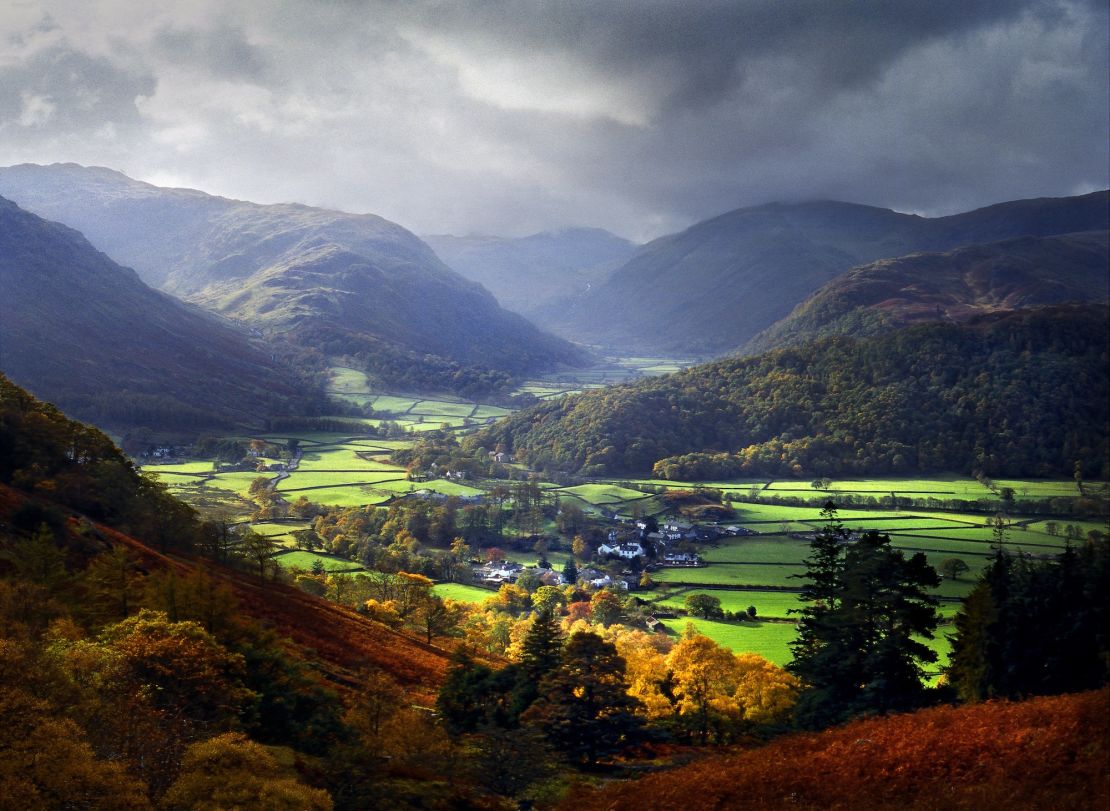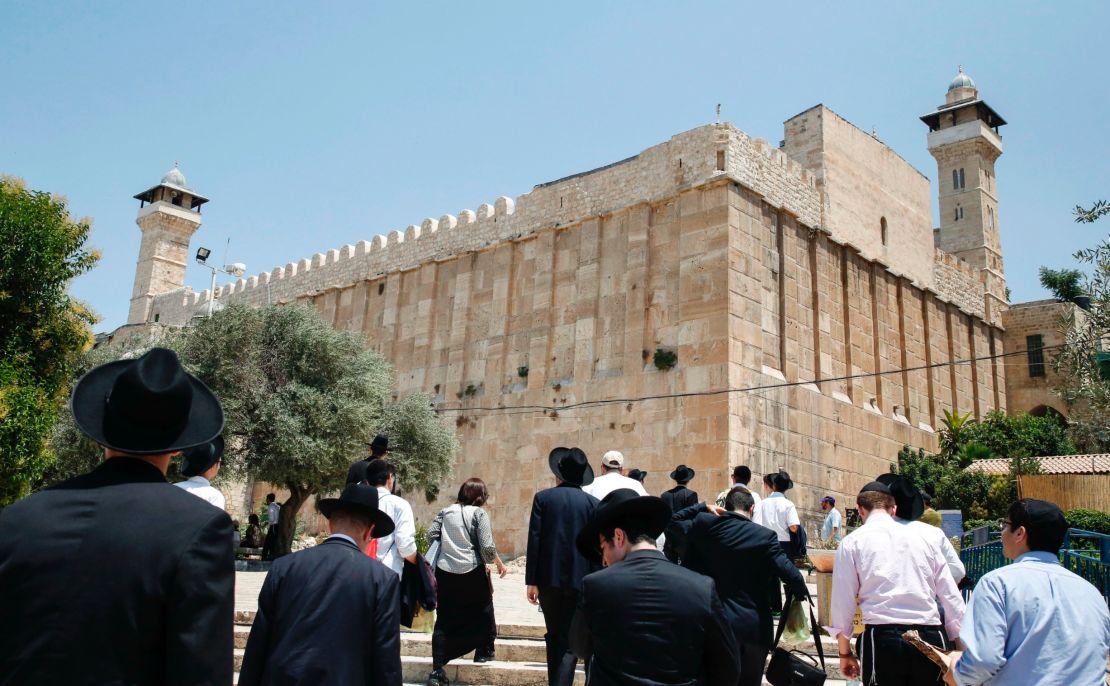Made it your mission to visit every single UNESCO World Heritage Site on the planet?
That challenge is about to get tougher.
UNESCO’s huge list of World Heritage properties has grown even longer this month, with the global body voting to add 21 sites during the 41st annual World Heritage Committee session in Krakow, Poland.
That brings the total of UNESCO World Heritage Sites to 1,073.
Click here to see photos of the full list
Northwest England’s mountainous Lake District was among the new sites added to the list, the UK’s first national park to become a World Heritage property.
“The combined work of nature and human activity has produced a harmonious landscape in which the mountains are mirrored in the lakes,” says UNESCO’s statement announcing the inscription.
READ: Japan’s UNESCO site where women are forbidden
India’s walled city of Ahmedabad, founded by Sultan Ahmed Shah in the 15th century, was also added to the list, becoming the country’s first city to get a UNESCO nod.
Located on the eastern bank of the Sabarmati river, it “presents a rich architectural heritage from the sultanate period, notably the Bhadra citadel, the walls and gates of the Fort city and numerous mosques and tombs as well as important Hindu and Jain temples of later periods,” says UNESCO’s description of the city.

Two South America properties were added to the list, including Brazil’s Valongo Wharf, an archeological site.
Located in central Rio de Janeiro, the wharf encompasses the entire Jornal do Comércio Square and was built to receive enslaved Africans who began landing the South American continent from 1811.
“It is the most important physical trace of the arrival of African slaves on the American continent,” says UNESCO.
READ: Ahmedabad becomes India’s first UNESCO Heritage city
UNESCO decisions draw protests

This year’s committee meeting wasn’t without controversy. Israel has denounced UNESCO’s decision to inscribe the old city of Hebron in the West Bank as a Palestinian World Heritage Site.
Israel accused UNESCO of making a politically motivated move, part of what it says is an attempt to deny the Jewish character and heritage of certain key sites in the Holy Land.
Meanwhile, UNESCO’s decision to approve China’s nomination of Hoh Xil, part of the high-altitude Tibetan plateau in Qinghai Province, has also drawn protests.
The International Campaign for Tibet says the nomination poses a threat to Tibetan nomads and their way of life.
“The Committee ignored the reality that Tibetans – and nomads in particular – are stewards of the landscape whose role is essential to sustaining the wildlife, the long-term health of the ecosystems, and the water resources that China and Asia depend upon,” said Kai Mueller, Executive Director of the International Campaign for Tibet, in a statement.
Here’s this year’s list of newly inscribed sites, several of which can be viewed in the above gallery:
Turkey: Aphrodisias, archeological site and marble quarries
Eritrea: Asmara, modernist city of Africa
Russia: Assumption Cathedral and Monastery of Sviyazhsk
Germany: Caves and ice age art in the Swabian Jura
Palestinian territories: Hebron/Al-Khalil Old Town
Iran: Historic city of Yazd
Denmark: Kujataa Greenland, sub-arctic farming landscape
China: Kulangsu, historic international settlement
Angola: Mbanza Kongo, political and spiritual capital of the Kingdom of Kongo
Japan: Sacred Island of Okinoshima
France: Taputapuātea, center of the “Polynesian Triangle”
Poland: Tarnowskie Góry, lead-silver-zinc mine
Cambodia: Sambor Prei Kuk temple zone
United Kingdom: English Lake District
Brazil: Valongo Wharf, archeological site
Croatia, Italy, Montenegro: Venetian Works of Defense
South Africa: Khomani Cultural Landscape
Mongolia, Russia: Landscapes of Dauria
Argentina: Los Alerces National Park
China: Qinghai Hoh Xil, world’s highest and largest plateau
India: Historic city of Ahmedabad
READ: 8 endangered UNESCO sites to see now in the Americas
12 incredible UNESCO sites you've probably never heard of
Places of ‘outstanding universal value’
The United Nations’ World Heritage Committee, made up of representatives from 21 countries, meets annually to vote natural, cultural and sites of mixed significance around the world to its prestigious preservation list, which includes places of “outstanding universal value.”
The inscribed sites must meet at least one of 10 criteria such as “representing a masterpiece of human creative genius,” containing “exceptional natural beauty” or being an outstanding example of a traditional human settlement.
UNESCO has been adding sites to the World Heritage List since 1978.
In the travel world, being able to add the words “UNESCO World Heritage Site” to destination marketing materials is the equivalent of striking tourism gold, bringing fame and cultural cachet as well as resources for sites in need of restoration and protection.
As a result, nations often spend years developing pitches for inclusion on the list and must convince the UNESCO committee they will protect their sites and support them financially.
Go to whc.unesco.org/en/newproperties to learn more about the newly named sites.
READ: UNESCO omits Great Barrier Reef from ‘List of World Heritage in Danger















![<strong>Mbanza Kongo, Angola: </strong>The town of Mbanza Kongo was the political and spiritual capital of the Kingdom of Kongo, one of the largest constituted states in Southern Africa from the 14th to 19th centuries. Mbanza Kongo illustrates, more than anywhere in sub-Saharan Africa, the profound changes caused by the introduction of Christianity and the arrival of the Portuguese into Central Africa [in the 15th century]."](https://media.cnn.com/api/v1/images/stellar/prod/170710164706-1-unesco.jpg?q=w_2000,h_1333,x_0,y_0,c_fill/h_447)



















